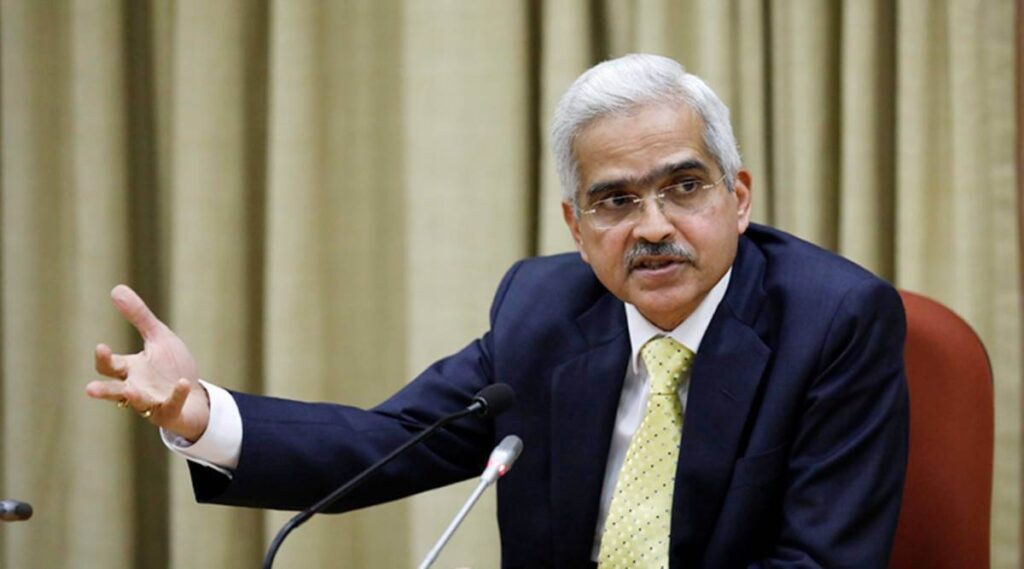RBI MPC likely to raise repo rate by up to 50 bps at upcoming meet
After the 40-bp hike in repo rate to 4.40 per cent last month, the Monetary Policy Committee (MPC) of the Reserve Bank of India (RBI) is set to go for another rate hike to tackle the elevated inflation level at its upcoming meeting on Wednesday.
The bond and stock markets are already positioned for a front-loaded hike in repo rate — the main policy rate at which RBI lends funds to banks.
The broader market expectation is that the central bank will hike repo rate by around 40-50 basis points (bps) in the June meeting. Any smaller rate hike will be a positive surprise and short-term bond yields may soften marginally.
RBI Governor Shaktikanta Das has already indicated about the rate hike. “Expectation of a rate hike is a no-brainer. There will be some increase in the repo rate. By how much, I will not be able to tell now but to say that (it will be hiked) to 5.15 per cent now will not be accurate,” he had said on May 24.
“With inflation persisting beyond 6 per cent (the upper limit of the tolerance band) and growth chugging along, we expect the RBI MPC to hike policy repo rate by 40 bps in June and 35 bps in August. We must highlight that for the sake of standardized steps, the chances of delivering a 50+25 bps hike combination is quite high too,” said a report from Bank of America Securities.
The key thing is that the RBI MPC is likely to exit ultra-accommodation by August and take policy repo rate to the pre-pandemic level of 5.15 per cent.
“Accordingly, until then, the RBI MPC is likely to retain the stance as accommodative while focusing on withdrawal of accommodation. Thereafter, as inflation continues to stay high, we see the RBI MPC take policy repo rate to 5.65 per cent by March 2023,” it added.
On May 4, bringing an end to the low interest rate regime, the RBI jacked up the repo rate by 40 bps to 4.40 per cent and the cash reserve ratio (CRR) by 50 bps to 4.50 per cent to bring down the elevated inflation and tackle the impact of geopolitical tensions.
However, the central bank retained the accommodative monetary policy in an unscheduled meeting of the MPC.
EXPLAINED
Liquidity level in check
To fight soaring inflation levels and rein in excess liquidity, the MPC — in a surprise move — raised the repo rate and the CRR on May 4. However, at this month’s meeting, the CRR is unlikely to see any major tinkering as the RBI may be comfortable with the current liquidity level.
Banks have jacked up repo-linked lending rates and marginal cost of funds-based lending rates (MCLR) since then, leading to a rise in equated monthly installment (EMIs).
“We expect the RBI to hike interest rates by anywhere between 25-40 bps in the June policy meeting. No doubt inflation has risen in India, and it is largely attributable to the global geo-political environment,” said Umesh Revankar, vice chairman and managing director, Shriram Transport Finance.
The June policy will be important from the point of view of not just rate action but also the RBI’s thoughts on growth and inflation, analysts said. “As potential monetary policy action is dovetailed to its projections on growth and inflation, the markets will be looking for some direction to be provided by the central bank on both these indicators,” said Madan Sabnavis, chief economist, Bank of Baroda.
“We expect that the RBI will hike the repo rate by another 35-40 basis points in the June meeting. However, we will not be surprised if they prefer to go slow on rate hikes given the government is also responding to the inflation risks,” said Pankaj Pathak, fund manager—fixed income, Quantum AMC.
The recent announcement on fuel tax cuts and reduction of import duties on edible oils will provide some comfort to the RBI.
The RBI’s surprise hike in CRR at the start of last month has fuelled an expectation of a further hike in CRR in the June policy. However, surplus liquidity in the banking system has fallen sharply in the last three weeks. Currently, the net excess liquidity parked under the RBI’s LAF window is close to Rs 3 lakh crore. “We believe the RBI will be comfortable with this level of liquidity at this juncture. So, it may keep the CRR rate unchanged,” Pathak added.
The off-cycle rate hike has stoked expectations of front-loading of rate hike decisions by the RBI. “With the US not yet relenting on moderating pace and quantum of rate hikes, and inflation not showing immediate signs of abating, it seems to be yet another slam dunk decision to hike rates in the upcoming policy. The quantum of rate hike (40-50 bps in our view) will be a key determinant in extrapolating the terminal repo rate for FY 2023,” said Lakshmi Iyer, chief investment officer (debt), Kotak Mahindra AMC.
Though aggressive tightening is already discounted by the bond markets, the stance of the policy will continue to assume significance in the direction of bond yields.
The hike in repo rate means the cost of funds of banks will go up. This will prompt banks and NBFCs to raise the lending and deposit rates in the coming days. However, analysts say that consumption and demand can be impacted by the repo rate hike.
Prior to the May 4 hike, the Reserve Bank last hiked the repo rate by 25 bps to 6.50 per cent in August 2018. From the 8 per cent level in January 2014, the repo rate had fallen to 4 per cent by May 2020 after the banking regulator slashed the rates over the years to boost growth — the last cut was by 40 bps in May 2020 to tackle the negative impact of Covid-19 pandemic.

Source:indianexpress.com

